Ever wondered which creatures on Earth take hunting to a whole new level? You’re not alone. Some animals stalk their prey with precision, while others seem to hunt just for the thrill of the chase. Let’s dive into the world of these relentless predators who hunt with a passion, sometimes even when they’re not hungry. You’ll be surprised at just how ruthless and fascinating the animal kingdom can be.
1. Domestic Cats

Did you know that your adorable feline friend has a wild side? Domestic cats are among the top hunters who often pursue their prey not out of necessity but for sheer enjoyment. When cats chase after a string or a toy mouse, it’s a playful mimicry of their natural hunting instincts. According to a study by biologist Roger Tabor, domestic cats kill billions of small animals annually, showcasing their remarkable hunting prowess. So, next time your kitty brings home a “gift,” remember, it’s just their inner hunter coming out to play.
Cats are equipped with sharp claws, quick reflexes, and a keen sense of hearing, making them perfect little hunters. They often stalk their prey before pouncing, which is why you might see them wiggling their tails before a big leap. Even when they’re well-fed, many cats still choose to hunt for sport. This behavior is deeply ingrained in their DNA, inherited from their wild ancestors. Don’t be surprised if your indoor cat sometimes seems more like a mini lion on the prowl.
2. Orcas
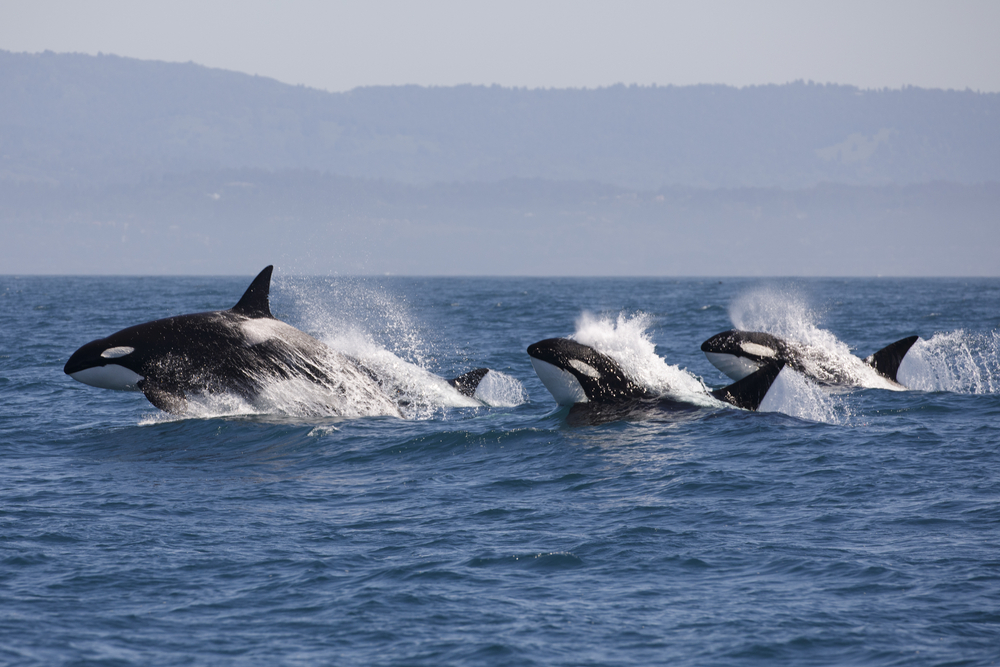
Orcas, also known as killer whales, are apex predators that demonstrate complex hunting tactics. They’ve been observed hunting in packs, much like wolves, which allows them to take down large and formidable prey. Their diet ranges from fish to seals and even whales, showcasing their versatility as hunters. Orcas are known for their intelligence and have even been spotted playing with their food in the wild. They’re not just hunters; they’re strategic masterminds of the ocean.
These majestic creatures utilize various hunting methods, including beaching themselves to catch seals on land. It may seem reckless, but for orcas, it’s a calculated risk that often pays off. They communicate with one another using clicks and whistles, ensuring their hunts are coordinated. Orcas display a level of cooperation that’s uncommon in the animal kingdom, further solidifying their status as top hunters. Watching them in action is like witnessing a perfectly executed ballet of predation.
3. Lions
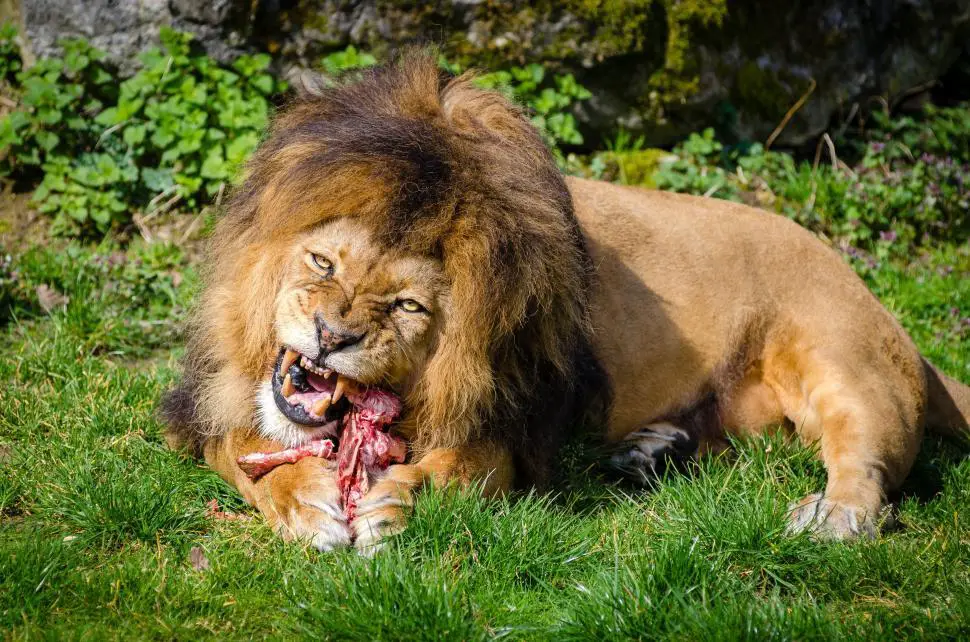
Lions, often dubbed the kings of the jungle, are renowned for their hunting skills. As a study by Professor Craig Packer at the University of Minnesota highlights, these big cats hunt primarily in groups called prides. This social structure allows them to take down large prey like zebras and buffalo, which would be challenging for a single lion. The female lions usually do most of the hunting, showcasing their strength and coordination. Lions use stealth, speed, and power to ambush their prey, making them formidable hunters.
A lion’s roar can be heard from miles away, but when it comes to hunting, silence is their ally. They often approach their prey quietly, getting as close as possible before launching the attack. This method increases their chances of a successful hunt, especially in the open savannah where there’s little cover. Despite their prowess, lions face challenges such as competition from other predators and the ever-present threat of losing their habitat. Yet, their hunting tactics continue to awe and inspire those who study them.
4. Wolves
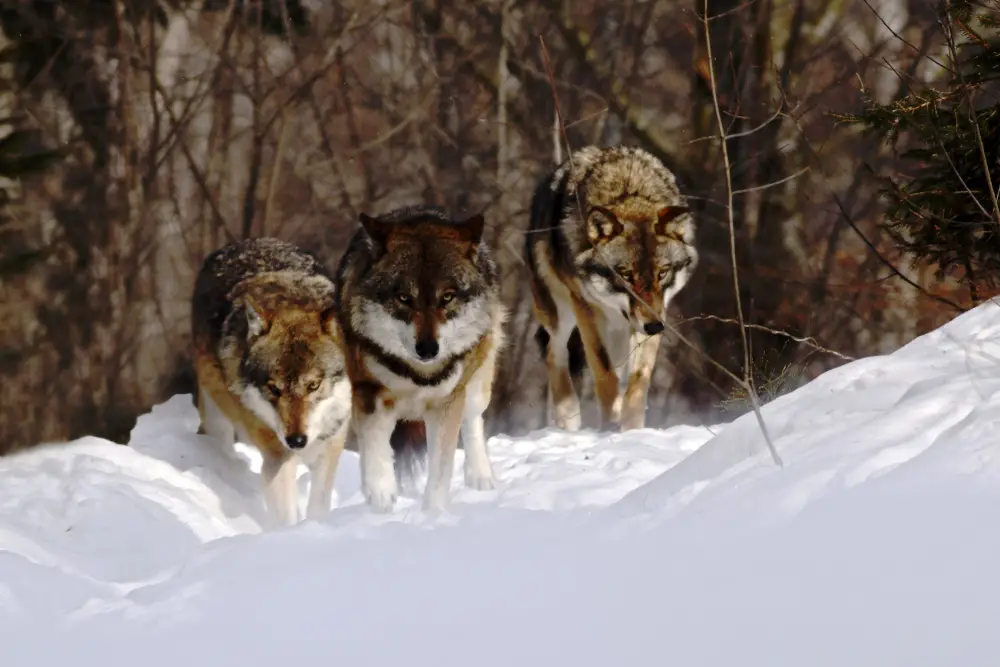
Wolves are known for their collaborative hunting techniques, often working together in packs to catch their prey. This social hunting strategy allows them to target prey much larger than themselves, like elk and moose. The pack dynamic ensures that each member has a role to play, from scouting to chasing and finally, taking down the prey. Their success lies in their ability to communicate and coordinate, making them highly effective hunters. Wolves embody the principle that teamwork makes the dream work.
Their hunting strategy is a blend of endurance and intelligence. Wolves can cover vast distances while pursuing their prey, often tracking them for days before making a move. This persistence is paired with a strategic approach, where wolves use their environment to their advantage. From chasing prey into snowbanks to isolating weaker members of a herd, wolves are adaptable hunters. Despite their fearsome reputation, they play a crucial role in maintaining the balance in their ecosystems.
5. Dolphins
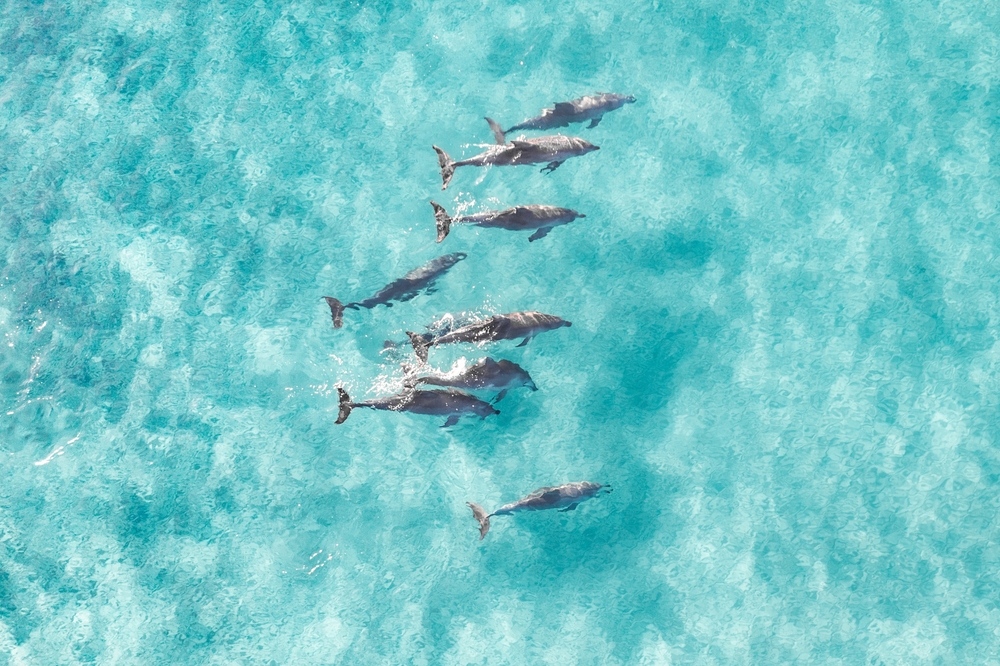
Dolphins are often seen as friendly, playful creatures, but they are also skilled hunters. They use a method called “herding,” where they corral fish into a tight group, making it easier to catch them. According to marine biologist Dr. Janet Mann, dolphins exhibit remarkable problem-solving abilities when hunting. They communicate and work together, using echolocation to pinpoint the location of their prey. This level of intelligence and cooperation makes dolphins one of the most efficient hunters in the sea.
Their playful nature is not just for show; it’s a critical aspect of their hunting strategy. Dolphins often leap out of the water, a behavior that may seem playful but actually serves to confuse and disorient fish. This gives them the upper hand, allowing for a more successful hunt. Despite their friendly reputation, dolphins are top predators in their environment. They’ve even been known to help fishermen in some cultures, showcasing their intelligence and adaptability.
6. Hawks
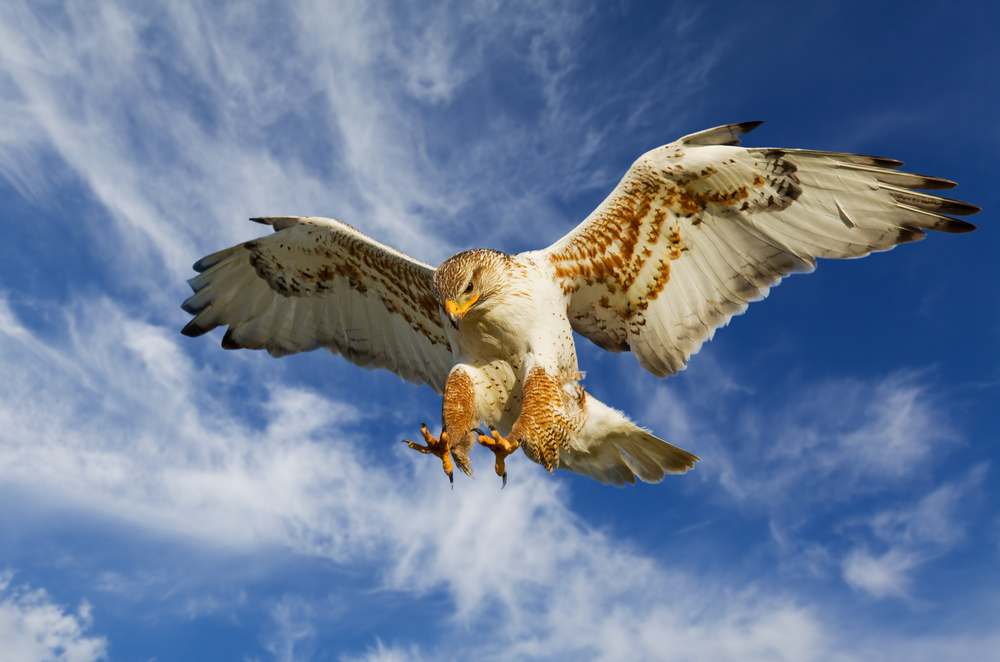
Hawks are renowned for their keen eyesight and rapid flight, making them adept hunters. They have the ability to spot prey from great distances, diving at incredible speeds to snatch their target. Their diet mainly consists of small mammals, birds, and insects, showcasing their adaptability as opportunistic hunters. Hawks utilize a “sit-and-wait” strategy, often perching in high places to scan the ground below. This method allows them to conserve energy while waiting for the perfect moment to strike.
A hawk’s hunting prowess is not just about speed and vision; it’s also about precision. They have talons that can lock onto prey with a vice-like grip, ensuring their catch doesn’t escape. Even when conditions are less than ideal, hawks can make split-second decisions to adjust their approach. This adaptability is key to their survival, especially in changing environments. Their presence is a sign of a healthy ecosystem, as they keep prey populations in check.
7. Spiders

Spiders may not be the first creatures you think of when it comes to hunting, but they are masters of their trade. Arachnologist Dr. Greta Binford notes that spiders employ a variety of hunting techniques, from weaving intricate webs to actively stalking their prey. The diversity in their hunting strategies is matched by the vast number of species, each adapted to different environments. Some spiders use venom to immobilize their prey, while others rely on sheer speed and surprise. Their versatility is what makes spiders such successful hunters.
Web-building spiders create traps that are marvels of engineering, using silk that is both strong and sticky. These webs are designed to ensnare unsuspecting insects, which the spider then wraps in silk for later consumption. On the other hand, active hunters like jumping spiders rely on stealth and agility to catch their prey. This duality in hunting methods highlights the adaptability and resourcefulness of spiders. Despite their small size, they play a significant role in controlling insect populations.
8. Crocodiles
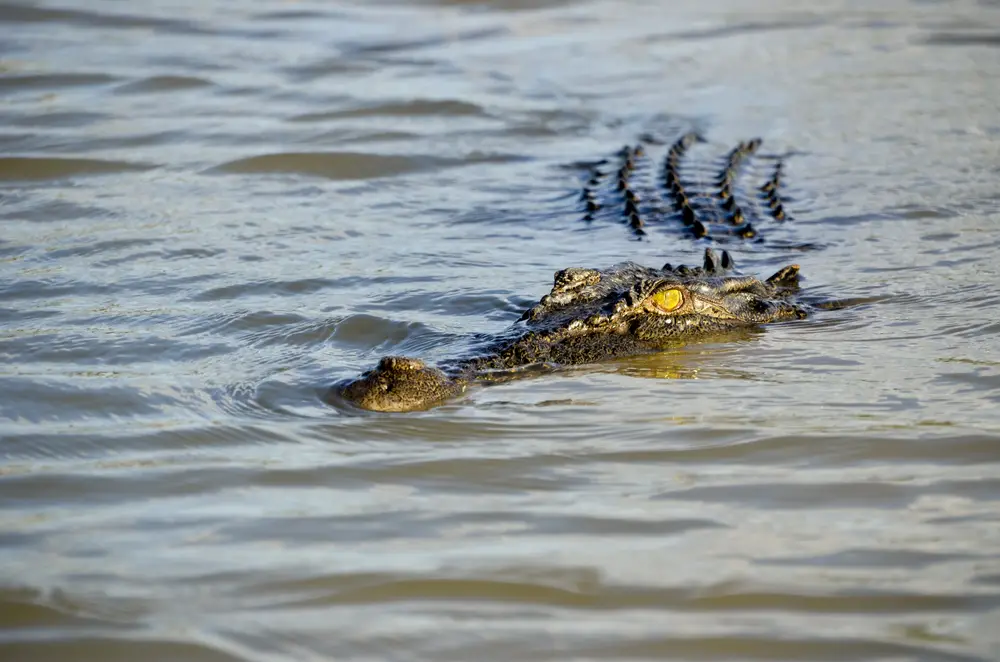
Crocodiles are ancient predators that have remained largely unchanged for millions of years, a testament to their successful hunting strategies. They are ambush predators, lying in wait for unsuspecting animals to approach the water’s edge. With a sudden burst of speed, they grab their prey with their powerful jaws and drag it underwater. Their hunting technique is as much about patience as it is about power. Crocodiles have perfected the art of the ambush, making them formidable hunters in their aquatic environments.
Their ability to stay submerged and hidden is one of their greatest assets. Crocodiles often float with only their eyes and nostrils visible, blending seamlessly with the water. This camouflage, combined with their explosive speed, makes them highly effective predators. While they primarily hunt fish and smaller mammals, they have been known to take down much larger prey. It’s no wonder they’ve been able to survive and thrive for so long.
9. Cheetahs
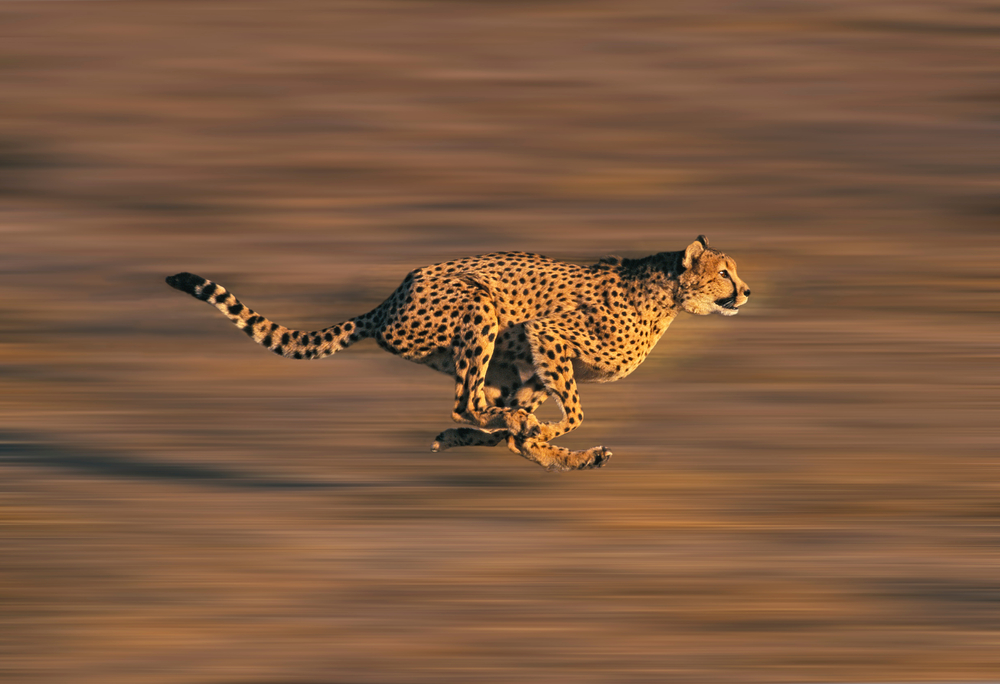
Cheetahs are the fastest land animals, reaching speeds of up to 70 miles per hour. Their incredible speed is their primary hunting tool, allowing them to outrun and catch prey with ease. They rely on their keen eyesight to spot targets from a distance, then use their speed to close in quickly. Despite their speed, cheetahs are built for short bursts rather than long chases, so they must get close before making the final sprint. This makes them some of the most strategic hunters in the animal kingdom.
A cheetah’s slender, aerodynamic body is perfectly designed for running, with long legs and a flexible spine that allows for greater stride length. While this gives them an advantage in open areas, it also means they have less muscle mass than other big cats, making them more vulnerable after a high-speed chase. Once they’ve caught their prey, they need to rest and recover quickly before other predators arrive. This delicate balance of speed and vulnerability makes cheetahs fascinating hunters. Despite their challenges, they remain one of the most iconic symbols of speed and agility in the wild.
10. Komodo Dragons
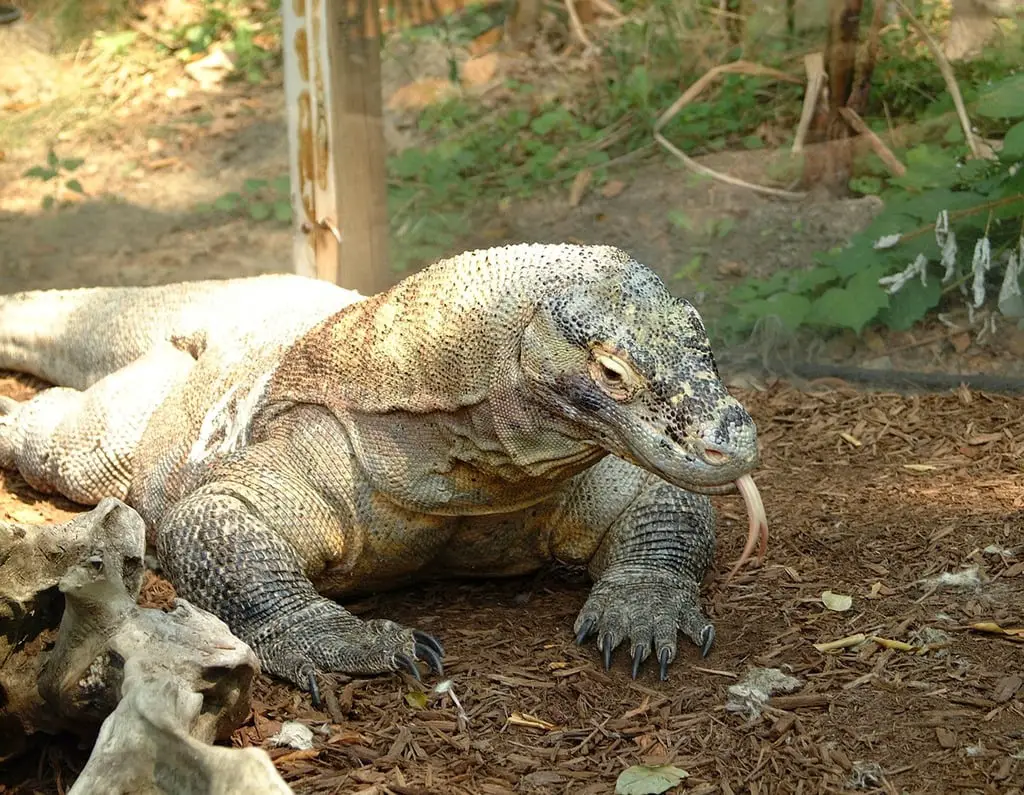
Komodo dragons are the largest living lizards and are apex predators on the islands they inhabit. They have a keen sense of smell, which they use to track down their prey over long distances. Their diet includes a variety of animals, from birds to large mammals like deer. Komodo dragons are patient hunters, often lying in wait for hours before launching a surprise attack. Their powerful jaws and sharp teeth allow them to deliver a deadly bite, inflicting wounds that rarely escape.
These dragons have a unique hunting advantage: their saliva contains toxic bacteria that can weaken or kill their prey over time. If the initial attack fails, they simply follow the wounded animal until it succumbs to the infection. This method of hunting means that Komodo dragons are both patient and relentless. Despite their fearsome reputation, they play a crucial role in their ecosystem by controlling the populations of other animals. Their presence is a testament to the power of evolution and adaptation.
11. Peregrine Falcons
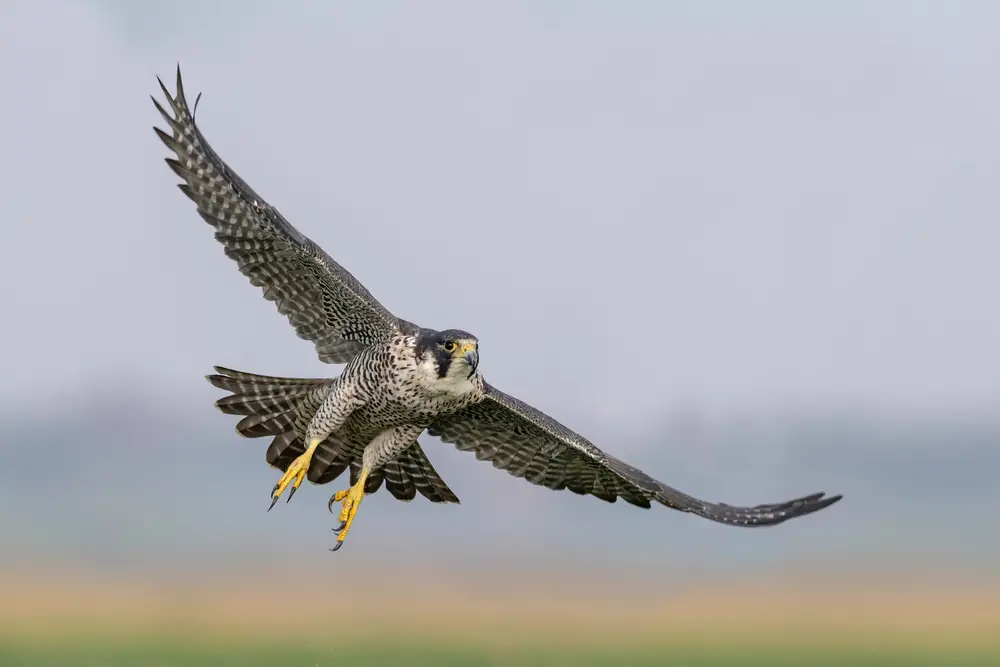
Peregrine falcons are renowned for their speed, capable of diving at over 200 miles per hour, making them the fastest animals on the planet. This incredible speed allows them to catch a variety of birds in mid-air, their primary source of food. They use their keen eyesight to spot prey from great heights, then tuck in their wings for a high-velocity stoop. This hunting technique is a marvel of nature, showcasing both precision and power. It’s no wonder they are celebrated as one of the most efficient hunters in the sky.
The falcon’s body is perfectly designed for speed, with strong muscles, pointed wings, and a streamlined shape. Their diet mainly consists of birds, but they’re not averse to taking small mammals if the opportunity arises. Peregrine falcons are highly adaptable, thriving in both urban and wild environments. This adaptability, combined with their unmatched speed, makes them formidable hunters. Despite their prowess, they face threats from habitat loss and environmental changes, but conservation efforts have helped their populations recover.
12. Polar Bears
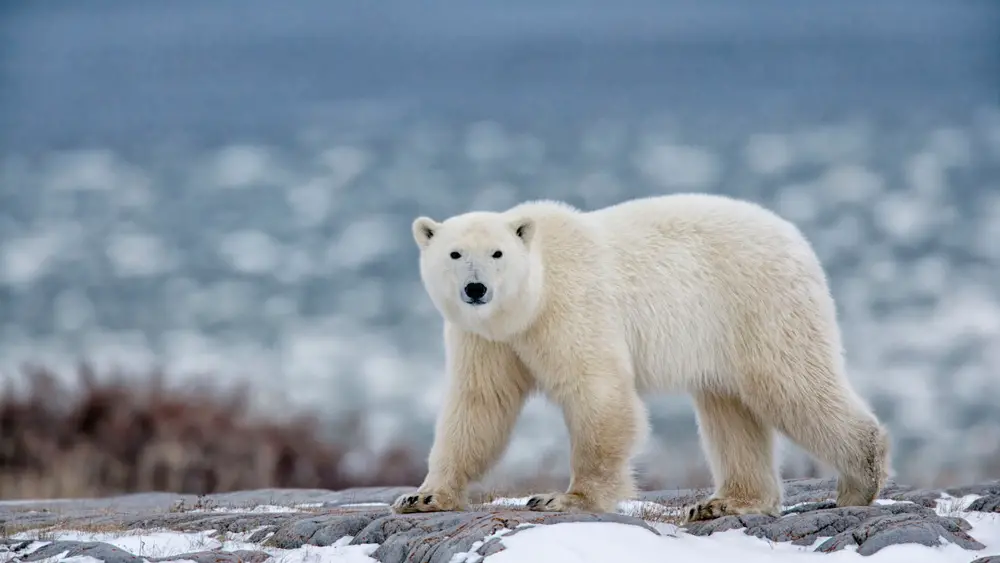
Polar bears are the largest land carnivores, and their hunting skills are crucial for their survival in the harsh Arctic environment. They primarily hunt seals, using their keen sense of smell to detect breathing holes in the ice. With patience and precision, they wait for hours by these holes, ready to strike when a seal surfaces. This method of hunting is both strategic and efficient, making polar bears top predators in their icy habitat. Their ability to navigate the frigid waters and ice flows speaks volumes about their adaptability.
Despite their size and strength, polar bears face numerous challenges in the wild. Melting ice and climate change threaten their habitat, making hunting more difficult. They must travel longer distances in search of food, often expending more energy than they gain. This precarious balance highlights the importance of their hunting skills, which are honed from a young age. Polar bears are a reminder of the delicate interplay between predator and environment, showcasing both the beauty and fragility of the natural world.
13. Great White Sharks
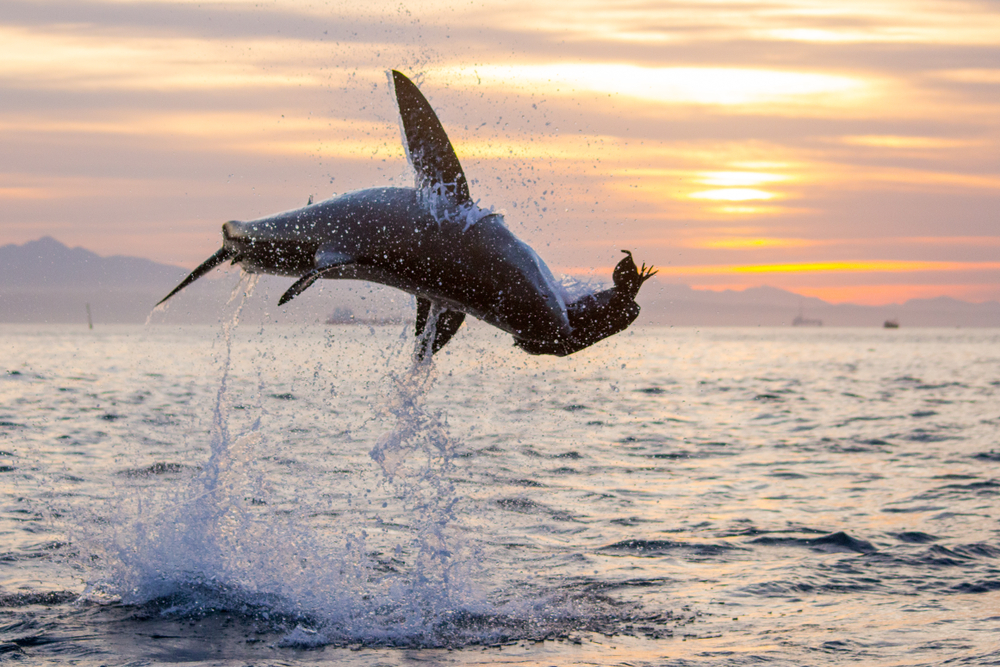
Great white sharks are the ocean’s most iconic predators, known for their power and precision. These sharks are opportunistic hunters, preying on a wide range of marine animals, from fish to seals. Their streamlined bodies and acute senses make them highly efficient in tracking and capturing prey. Great whites use a strategy of ambush, often attacking from below with incredible force. This method of hunting is both swift and deadly, ensuring their status as apex predators.
A great white’s sense of smell is one of its greatest assets, allowing it to detect a single drop of blood in vast ocean waters. Their speed and agility enable them to surprise prey, often breaching the water in spectacular displays. Despite their fearsome reputation, great whites are essential for maintaining the balance of marine ecosystems. Their presence helps control populations of other marine species, showcasing their vital role in the ocean’s food web. Their hunting prowess is a testament to the power and majesty of the sea.
14. Ants

Ants might seem like unlikely hunters, but some species are formidable predators in their own right. Army ants, for example, work in large, coordinated groups to overwhelm and capture prey. Their strength lies in their numbers, allowing them to take down insects and even small vertebrates. Ants communicate through chemical signals, coordinating their movements with astonishing precision. This level of cooperation makes them some of the most organized hunters in the insect world.
Ants are resourceful and adaptable, able to exploit a wide range of environments. Their hunting strategies vary, from ambushes to outright raids, depending on the species and prey. Some ants use venom to subdue their prey, while others rely on sheer numbers to overwhelm. This diversity in hunting methods showcases the adaptability and ingenuity of ants. Despite their small size, they play a significant role in their ecosystems, controlling insect populations and contributing to the nutrient cycle.
